China pledged on Monday to boost the private sector with a raft of policy measures designed to stimulate the vitality of private investment and boost confidence.
The steps include specifying a group of key subsectors in which the private sector will be encouraged to participate, optimizing the financing support for private investment projects and encouraging private investment projects to issue infrastructure real estate investment trusts (REITs), according to the document released by the National Development and Reform Commission.
The document came after China unveiled a guideline last week to promote the development of the private sector, signaling the country's latest push for boosting support for the private sector and revive the economic recovery amid downward pressures.
"(We will) give full play to the important role of private investment, strive to maintain the proportion of private investment in fixed-asset investment at a reasonable level, drive further optimization of the private investment environment, enhance private investment willingness, and stimulate the vitality of the private investment," the NDRC said in the document.
The commission will select a group of subsectors with huge market space, strong development prospects, alignment with major national strategies and industry policies, and beneficial for promoting high-quality development, from key sectors including transportation, water conservancy, clean energy, new infrastructure, advanced manufacturing, and modern protected agriculture. And private sector will be encouraged to actively participate in those projects.
China has already stepped up efforts to bolster its private sector, as the NDRC held three meetings on July 3, 10 and 17 with private companies from sectors ranging from equipment manufacturing to new energy to address private enterprises' concerns and support their sustainable development.
According to the National Bureau of Statistics, fixed-asset investment by the private sector edged down 0.2 percent year-on-year in the first half of 2023 versus a 0.1 percent decline in the first five months of the year.























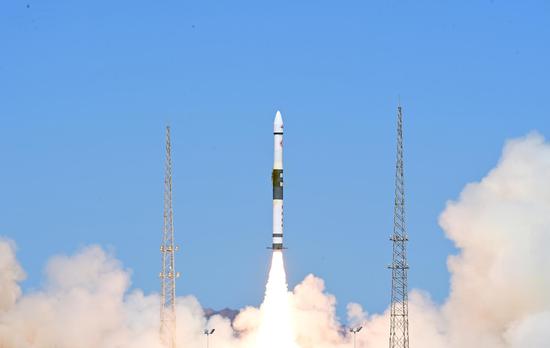
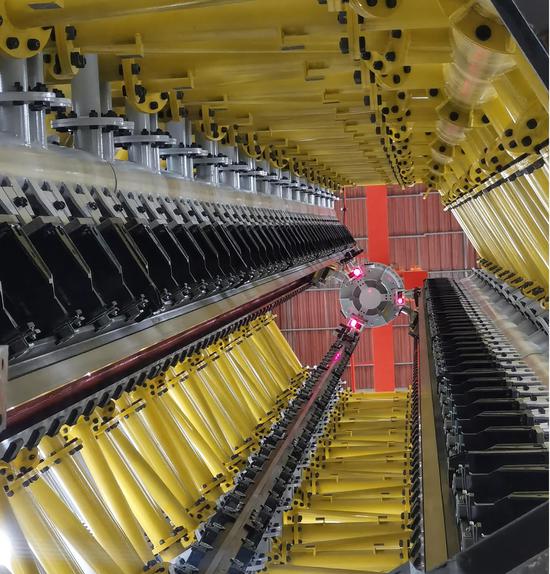




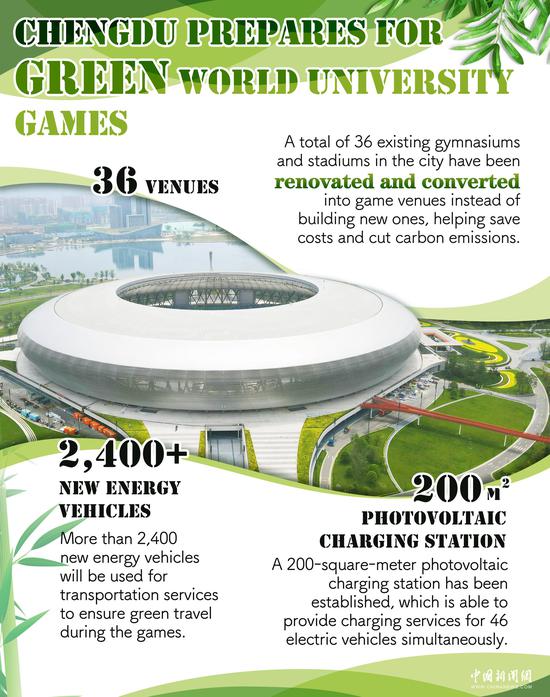






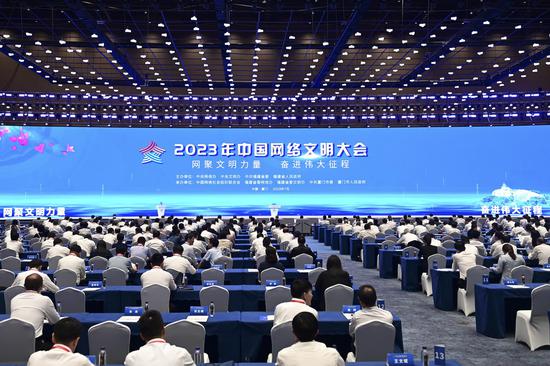
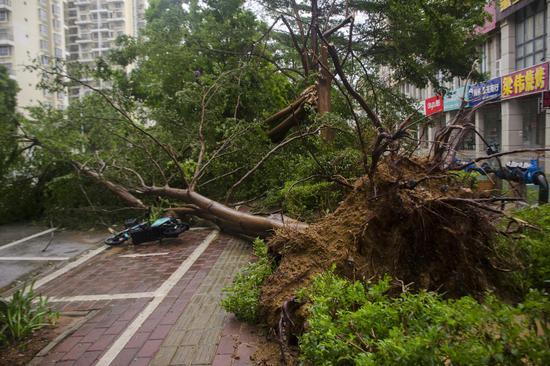



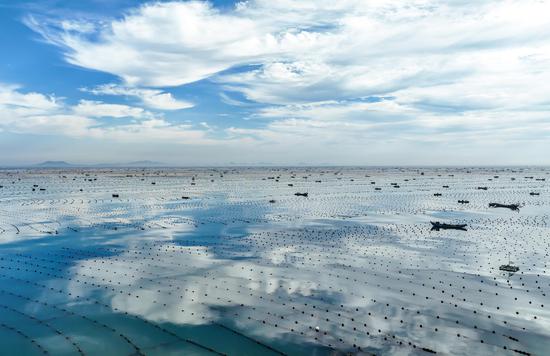
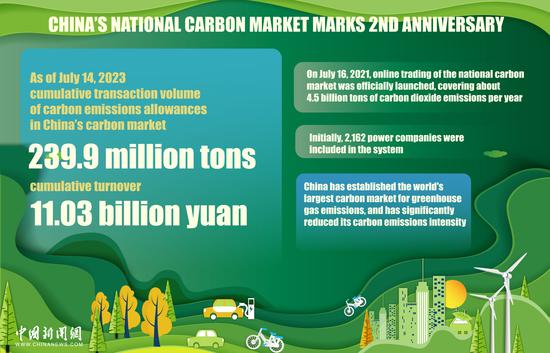





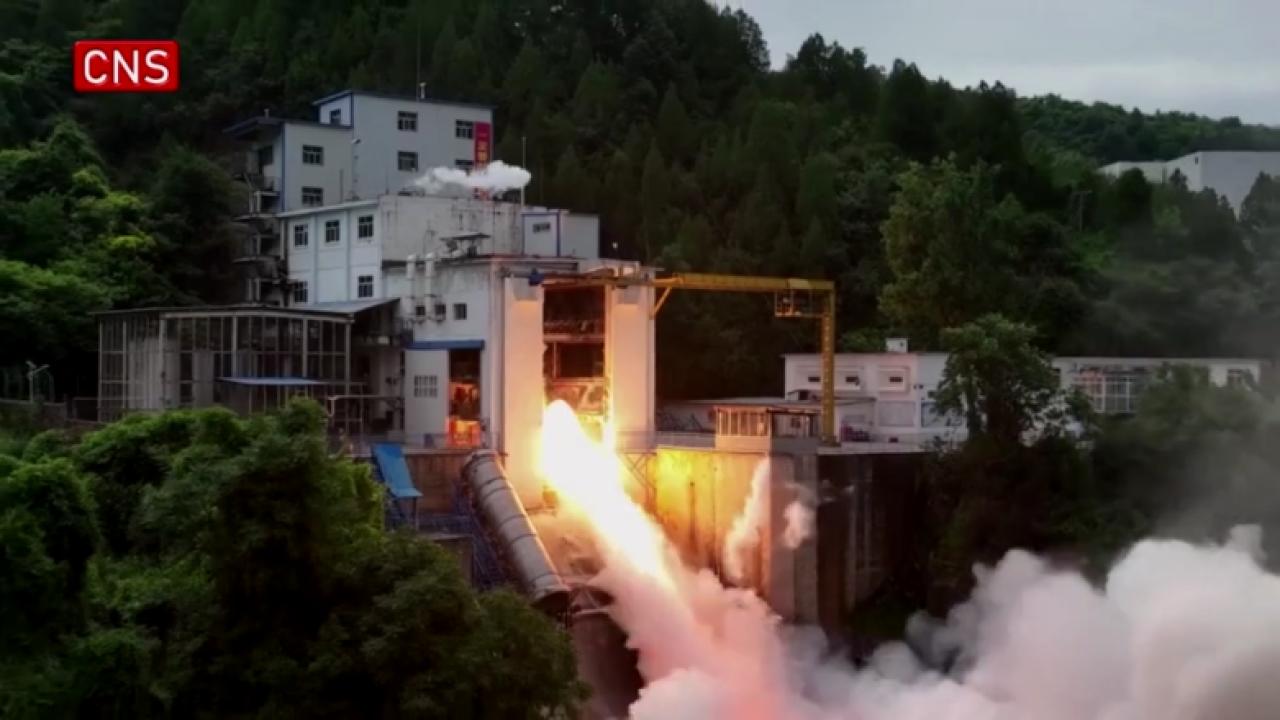

 京公网安备 11010202009201号
京公网安备 11010202009201号